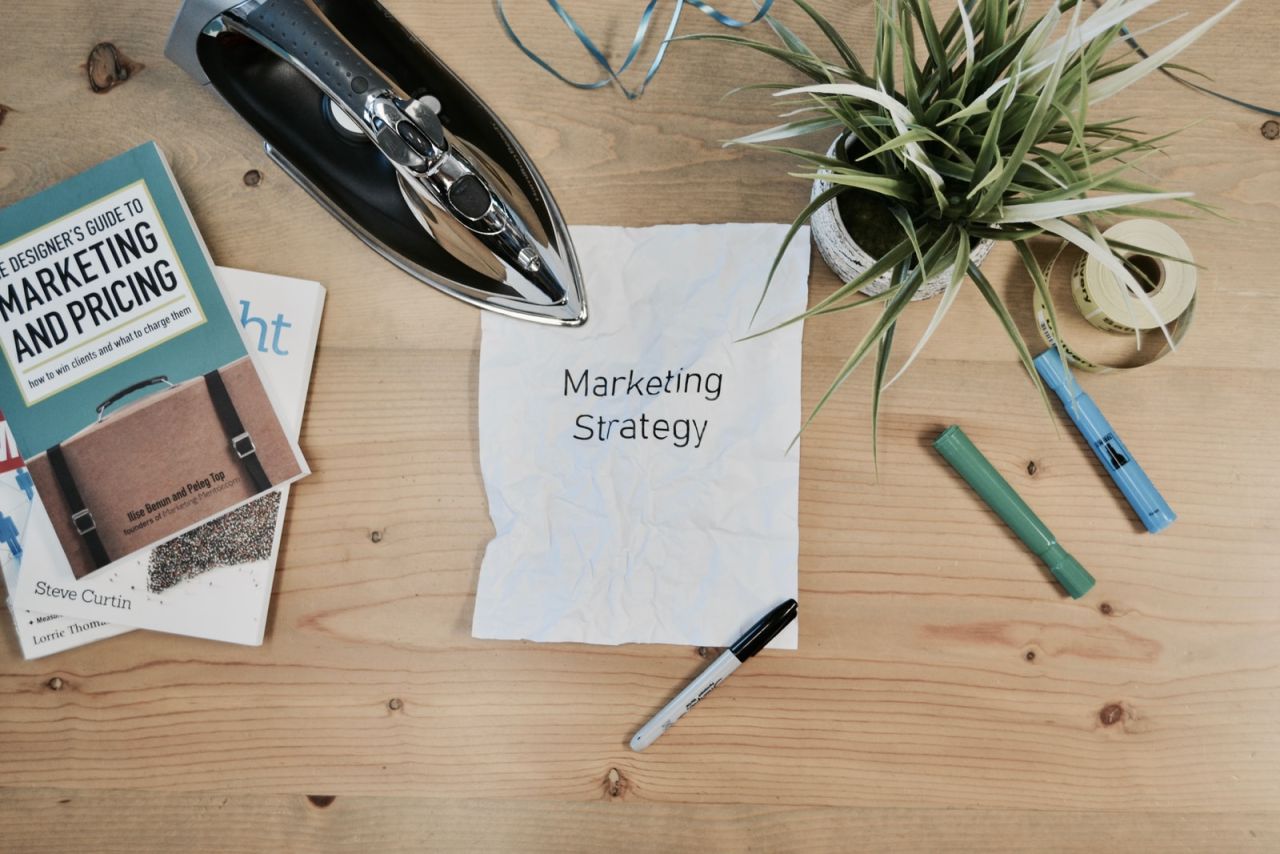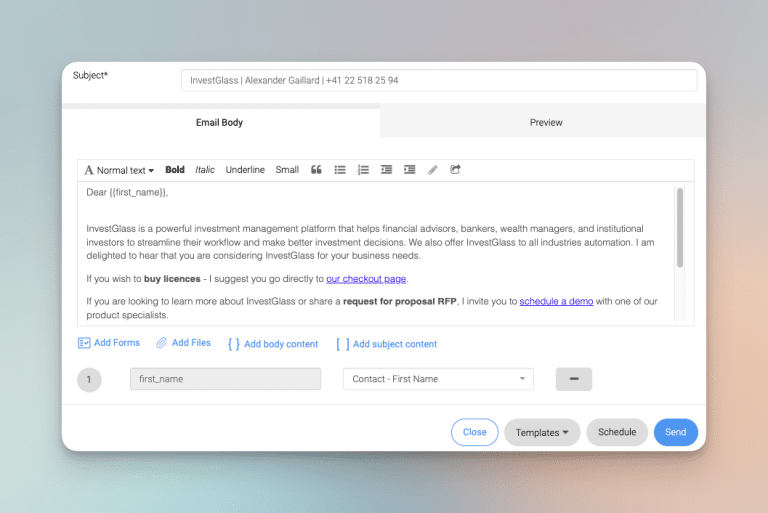Inbound vs Outbound marketing: What you need to Know?

Have you heard about inbound marketing? As a business owner, you are probably always looking for ways to improve your marketing efforts. Inbound and outbound marketing strategies can help you grow your customer base and generate more revenue. But what is the difference between inbound and outbound marketing? The following article will discuss the two different approaches, how they work, and when it might be best to use each one.
Inbound marketing
Inbound marketing is the process of helping potential customers find your company. This frequently happens before the customer is even ready to make a purchase, but making contact early can turn into brand preference and, ultimately, leads and revenue. Inbound marketing strategies involve the utilization of many forms of pull marketing—content online marketing, blog post, events, search engine optimization (SEO), social media, and digital marketing efforts. A successful inbound marketing campaign should be able to create brand awareness and attract new business effectively. The inbound marketing efforts shouldn’t solely be focused on one channel, but in general, have a more multiple channel approach.

Outbound marketing
Outbound marketing involves proactively reaching out to consumers to get them interested in a product with the hope of being able to convert some of the potential customers. Outbound marketing tactics involve more aggressive techniques like magazine ads, direct mail, billboards, TV, and in general a more passive, less personalized sales funnel. Outbound tactics are more similar to traditional marketing efforts in that you can see more immediate results. For example, when you approach a customer with a TV ad, it is more direct and the customer will either like the ad and click for your product, or not.
Inbound and outbound marketing: Key differences
There are many differences between inbound and outbound marketing. The first major difference between inbound and outbound marketing is how they find prospects. Inbound marketing focuses on attracting traffic and leads to your site by providing valuable information, content, or services that are highly relevant to their needs. Outbound marketing relies more heavily on paid advertising methods such as search engine ads (SEM) and social media ads. Outbound marketing involves proactively reaching out to consumers to get them interested in a product. By contrast, an inbound marketing strategy centers on creating and distributing content that draws people into your website. Outbound marketing typically has a more aggressive, wide-sweeping approach, with the expectation that at least some people will convert. Inbound marketing is usually more subtle and focuses on convincing a particular group of individuals to make a purchase over time.
The only question you need to ask yourself before investing in a new marketing strategy is “What will happen if I don’t change?”. It may seem scary, but the future of your business could depend on it. If you want help updating your current digital marketing plan with emerging technologies that are sure to be game-changers in 2021, we can get started now! InvestGlass marketing automation solution and communication tools can help your company attain a competitive advantage over your competitors and achieve more sales. Contact us today to see how we can partner together!
FAQ: InvestGlass Email and Marketing Tools
1. What marketing automation features does InvestGlass provide?
InvestGlass offers automation for repetitive marketing tasks such as lead nurturing, content delivery, and follow-ups. This helps teams save time while improving efficiency.
2. Can InvestGlass handle email campaigns?
Yes, InvestGlass supports personalised email campaigns with custom templates, automation rules, and tracking tools to measure engagement such as open and click rates.
3. Does InvestGlass support multi-channel communication?
InvestGlass enables outreach through email, SMS, and WhatsApp, making it easier to engage prospects and customers across the channels they use most.
4. How does InvestGlass help with lead generation?
Leads can be captured automatically from websites, emails, and social media. InvestGlass brings them into the CRM without manual input, streamlining the process.
5. What is lead scoring and how does InvestGlass use it?
Lead scoring is the process of ranking prospects based on their likelihood to convert. InvestGlass applies custom scoring models to help teams prioritise high-value leads.
6. Can InvestGlass segment customer lists?
Yes, InvestGlass provides dynamic segmentation based on demographics, behaviour, and engagement. This ensures campaigns are targeted and relevant.
7. How does InvestGlass support campaign tracking?
Campaign performance is tracked through analytics dashboards, allowing businesses to see open rates, click behaviour, and conversions to refine strategies.
8. Does InvestGlass integrate marketing with CRM data?
All marketing actions are linked to CRM records. This integration ensures sales, service, and marketing teams see the complete customer journey in one place.
9. What workflow automation options are available?
InvestGlass can automate approvals, assign tasks, and trigger notifications when leads engage. This creates a seamless connection between marketing campaigns and sales pipelines.
10. Where can InvestGlass be hosted?
InvestGlass can be hosted on secure Swiss cloud infrastructure or on-premise, giving businesses full control of data sovereignty and compliance with local regulations.
CRM, CRM for banking, email marketing, financial services marketing, marketing, marketing automation, marketing techniques, sales automation